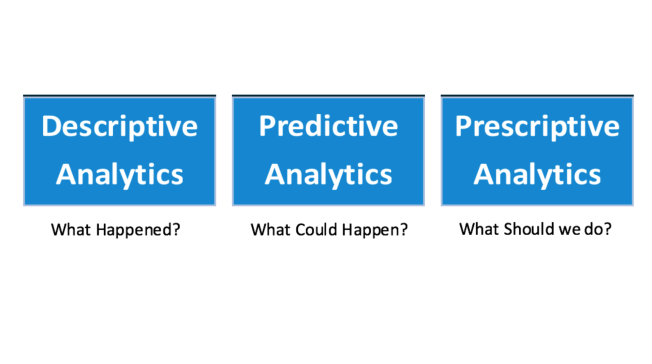Industry analysis reports are always packed with great information, lots of it. Data visualization however helps better understand the conclusions reached by Forrester in their The Forrester Wave™: Enterprise Business Intelligence Platforms, Q1 2015 report. 11 vendors in this industry are included.
Table 1 shows the summary scorecard, and details are presented below the table.

Table 1 – Enterprise Business Intelligence Scorecard
The top level comparisons involve 3 categories: Current Offering, Strategy, and Market Presence.

Vendors with above-average scores
Current Offering: IBM, Information Builders, Microsoft, Opentext, SAP, SAS
Strategy: IBM, Microsoft, Oracle, SAP, and SAS
Market Presence: IBM, Microsoft, Oracle, SAP and SAS
We can also look at the scores that went into every one of these categories and see how vendors compare at a more granular level.
Current Offering Details

Vendors with above-average scores for Current Offering
Architecture: Information Builders, Microstrategy, Opentext, SAP, SAS
Development Environment: Microsoft, Opentext, and SAS
Functional Capabilities: IBM, Information Builders, Microsoft, SAP and SAS
Operational Capabilities: IBM, Information Builders, Microstrategy, Opentext
Strategy Details

Vendors with above-average scores for Strategy
Commitment: IBM, Microsoft, Oracle, SAP, SAS
Pricing: IBM, Information Builders, Microsoft, Opentext, Qlik and TIBCO
Transparency: Tableau
Product Direction: IBM, Information Builders, Microsoft, Oracle, SAP, and SAS
Market Presence Details

Vendors with above-average scores for Market Presence
Company Financials: IBM, Microsoft, Oracle, Qlik, SAP, SAS
Global Presence Base: IBM, Microsoft, Microstrategy, Oracle, SAP, and SAS
Partnership Ecosystem: IBM, Microsfoft, Oracle, SAP, and SAS
Functional Applications: IBM, Oracle, SAP, and SAS









You must be logged in to post a comment.